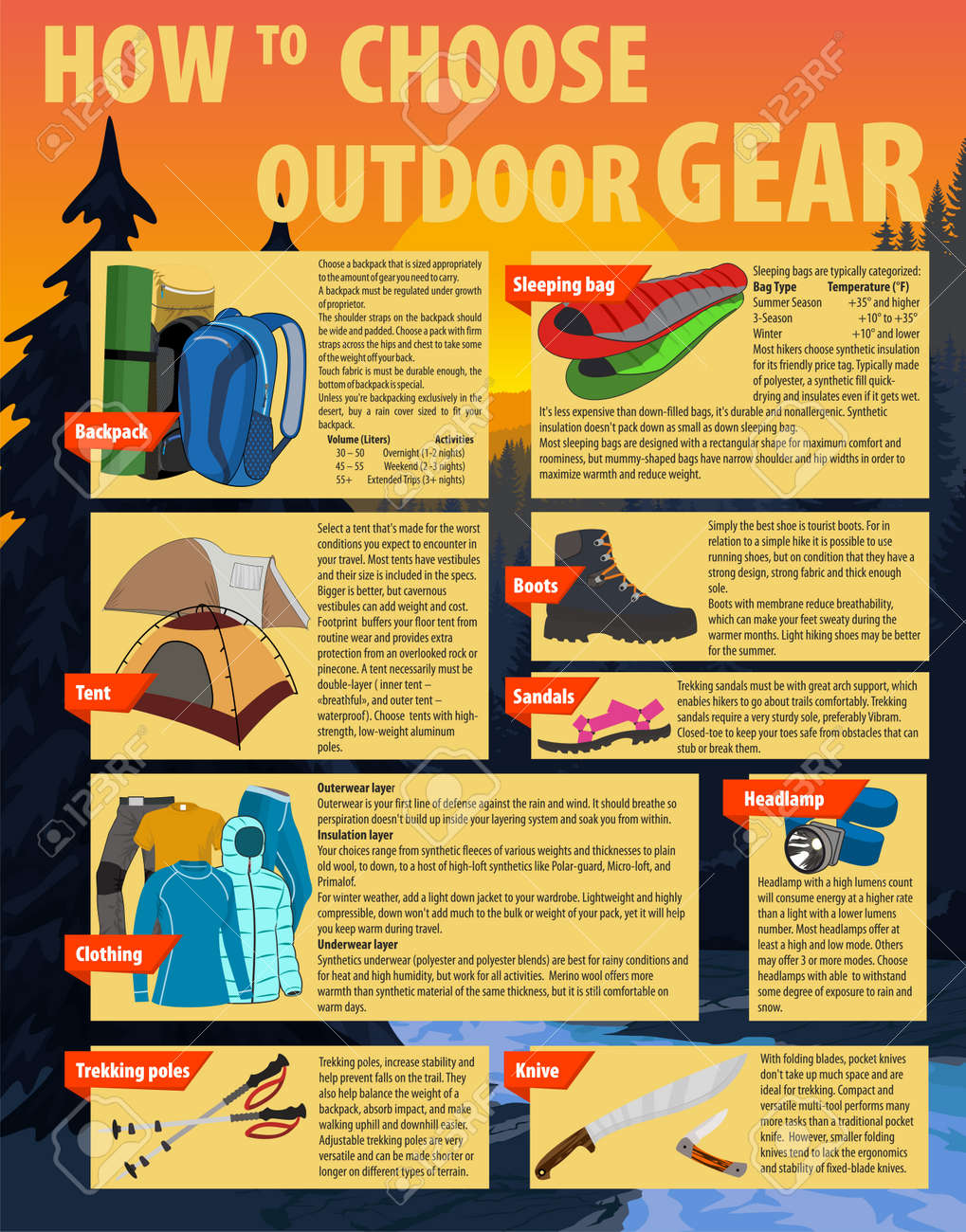Winter season camping is an enjoyable and daring experience, yet it requires appropriate gear to guarantee you stay warm. You'll need a close-fitting base layer to catch your body heat, together with an insulating coat and a water-proof shell.
You'll likewise require snow risks (or deadman supports) buried in the snow. These can be tied using Bob's creative knot or a normal taut-line hitch.
Pitch Your Outdoor tents
Winter outdoor camping can be an enjoyable and daring experience. However, it is important to have the appropriate equipment and recognize exactly how to pitch your outdoor tents in snow. This will protect against cold injuries like frostbite and hypothermia. It is likewise important to eat well and remain hydrated.
When establishing camp, make certain to pick a site that is protected from the wind and devoid of avalanche threat. It is also an excellent concept to pack down the location around your camping tent, as this will certainly help in reducing sinking from body heat.
Before you established your camping tent, dig pits with the very same dimension as each of the support points (groundsheet rings and man lines) in the center of the outdoor tents. Fill these pits with sand, rocks or even things sacks loaded with snow to small and safeguard the ground. You may likewise intend to think about a dead-man anchor, which involves connecting tent lines to sticks of wood that are buried in the snow.
Pack Down the Location Around Your Outdoor tents
Although not a necessity in the majority of areas, snow stakes (also called deadman anchors) are an exceptional enhancement to your tent pitching kit when outdoor camping in deep or compressed snow. They are basically sticks that are developed to be buried in the snow, where they will freeze and create a solid support factor. For ideal outcomes, make use of a clover drawback knot on the top of the stick and hide it in a few inches of snow or sand.
Establish Your Outdoor tents
If you're camping in snow, it is a good idea to utilize an outdoor tents designed for winter backpacking. 3-season tents function fine if you are making camp below tree line and not expecting particularly extreme climate, yet 4-season outdoors tents have sturdier posts and textiles and use more security from wind and heavy snowfall.
Make sure to bring sufficient insulation for your resting bag and a cozy, completely dry inflatable mat to sleep on. Blow up floor coverings are much warmer than foam and aid prevent cold spots in your camping tent. You can also add an additional mat for sitting or cooking.
It's also a good concept to establish your outdoor tents near an all-natural wind block, such as a group of trees. This will make your camp more comfortable. If you can't find a windbreak, you can create your own by digging openings and hiding things, such as rocks, outdoor tents risks, or "dead man" supports (old outdoor tents man lines) with a shovel.
Tie Down Your Camping tent
Snow stakes aren't required if you use the right techniques to secure your outdoor tents. Hidden sticks (perhaps accumulated on your strategy walk) and ski posts function well, as does some version of a "deadman" buried in the snow. (The idea is to develop an anchor that is so solid you won't be able to draw it up, even with a great deal of waterproofing initiative.) Some makers make specialized dead-man anchors, but I prefer the simplicity of a taut-line hitch connected to a stick and after that hidden in the snow.
Understand the terrain around your camp, especially if there is avalanche danger. A branch that falls on your tent could damage it or, at worst, injure you. Additionally be wary of pitching your camping tent on a slope, which can trap wind and bring about collapse. A protected area with a low ridge or hillside is much better than a steep gully.
